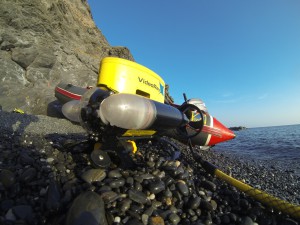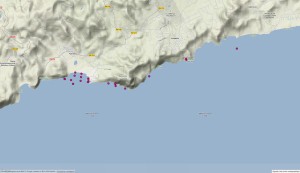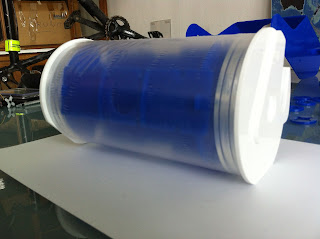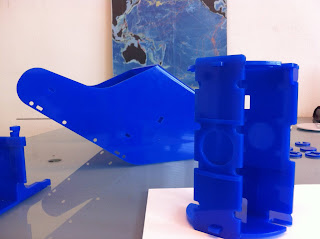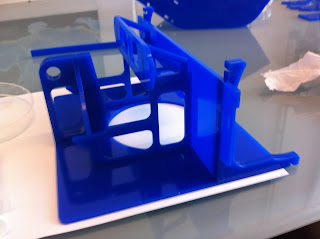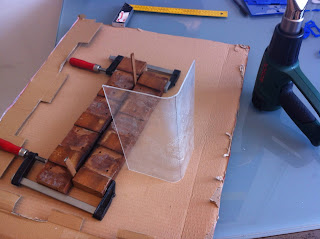You can register now for the Microbes, Diversity and Ecological Roles session at the SCAR Open Science Conference , which will be held in Auckland, New Zealand from 23 rd August to 3rd September 2014
Most, if not all, Antarctic ecosystems are home to microbes that can span the range from sparse to dense and low to high diversity assemblages. These organisms o<en harbor specialized capabilities to withstand the environmental extremes that the high latitudes of the Antarctic pose. This session welcomes contribu/ons to our understanding and appreciation of Antarctic microbial systems, exploring diversity and ecological roles, contributions to biogeochemical cycles, and interactions between organisms (symbiotic, predatory or parasitic) and ultimately how microbes come together to influence Antarctic systems.
The increased recognition of microbes in all domains of life inhabiting Antarctic ecosystems – and in some cases not only surviving, but thriving in these systems (e.g. aquatic, icy, soil, rock, subglacial, marine benthic or pelagic) is gaining traction largely due to increased scientific exploration of diverse environments paralleled with technologic improvements in molecular sciences (e.g. next generation sequencing and bioinformatics analyses), application of geobiological tools, and remote sensing of both environments and organisms. This session has been developed by AntEco and the International Union of Biological Sciences.
The session is convened by:
Prof. Alison Murray, DRI, USA
Prof. Nils Chr. Stenseth, University of Oslo, Norway
Dr. Ian Hawes, University of Canterbury, New Zealand
Abstract submission deadline: 14 February 2014
Download the flyer here: SCAR-OS_MicrobesSessionFlyer






